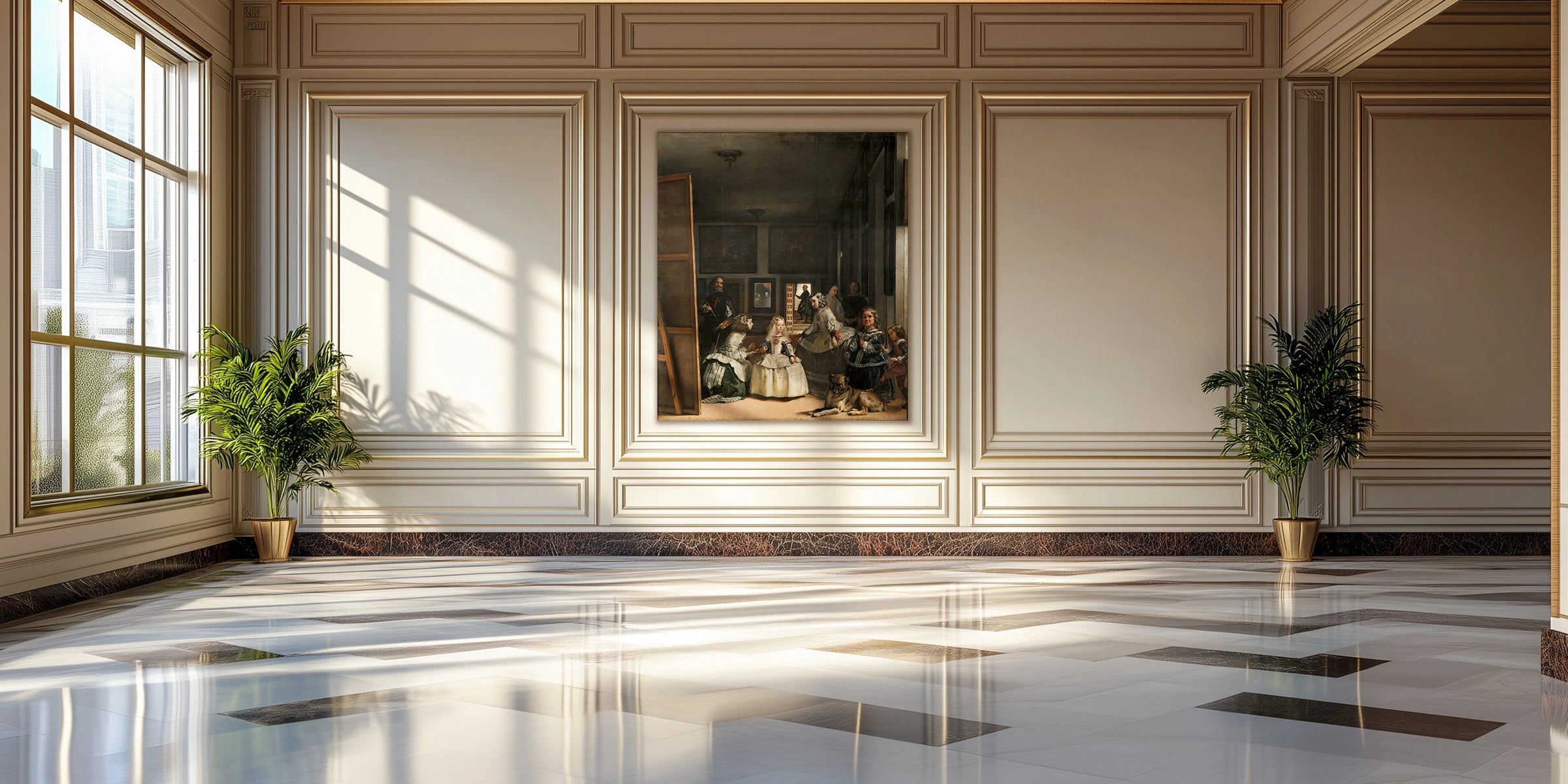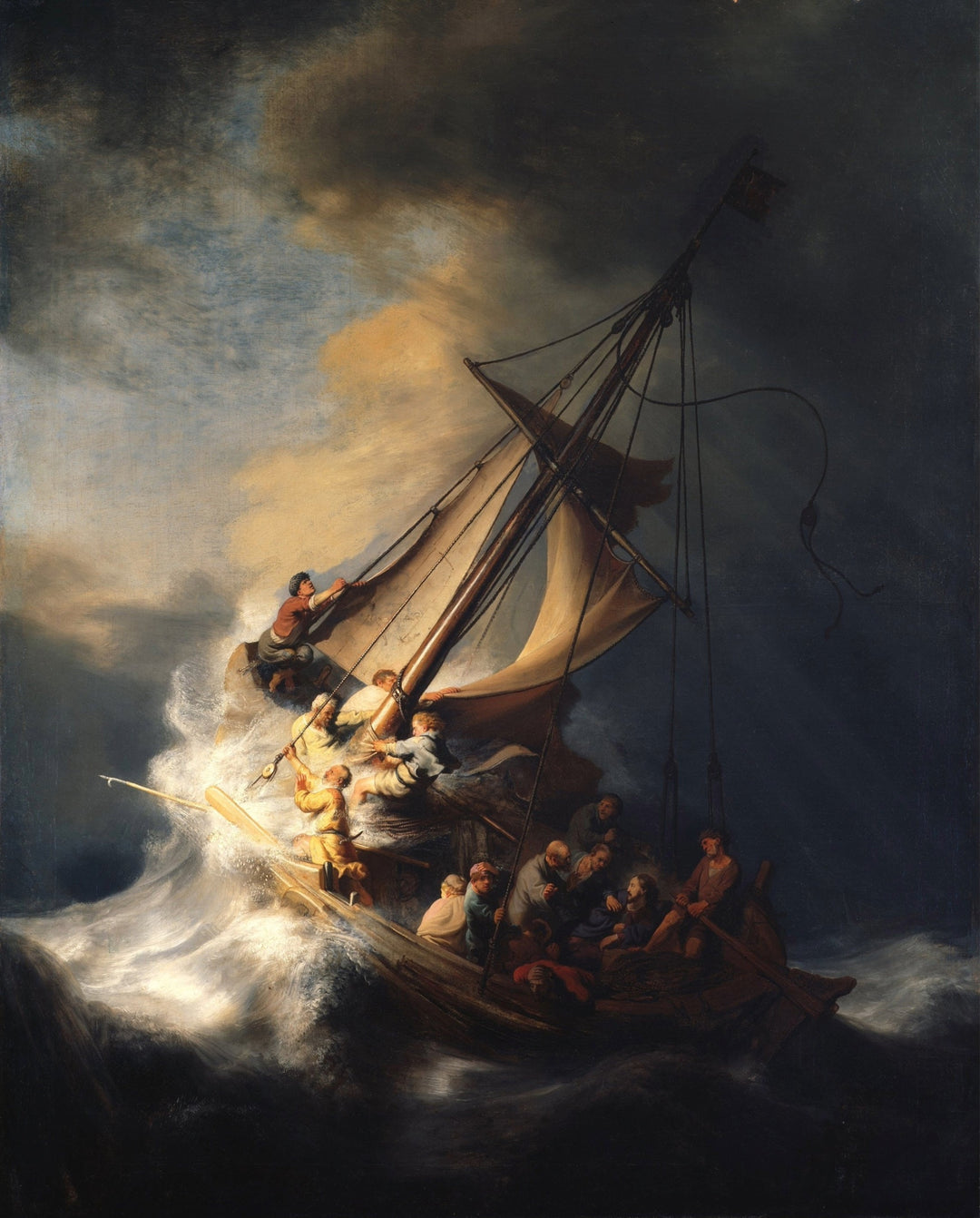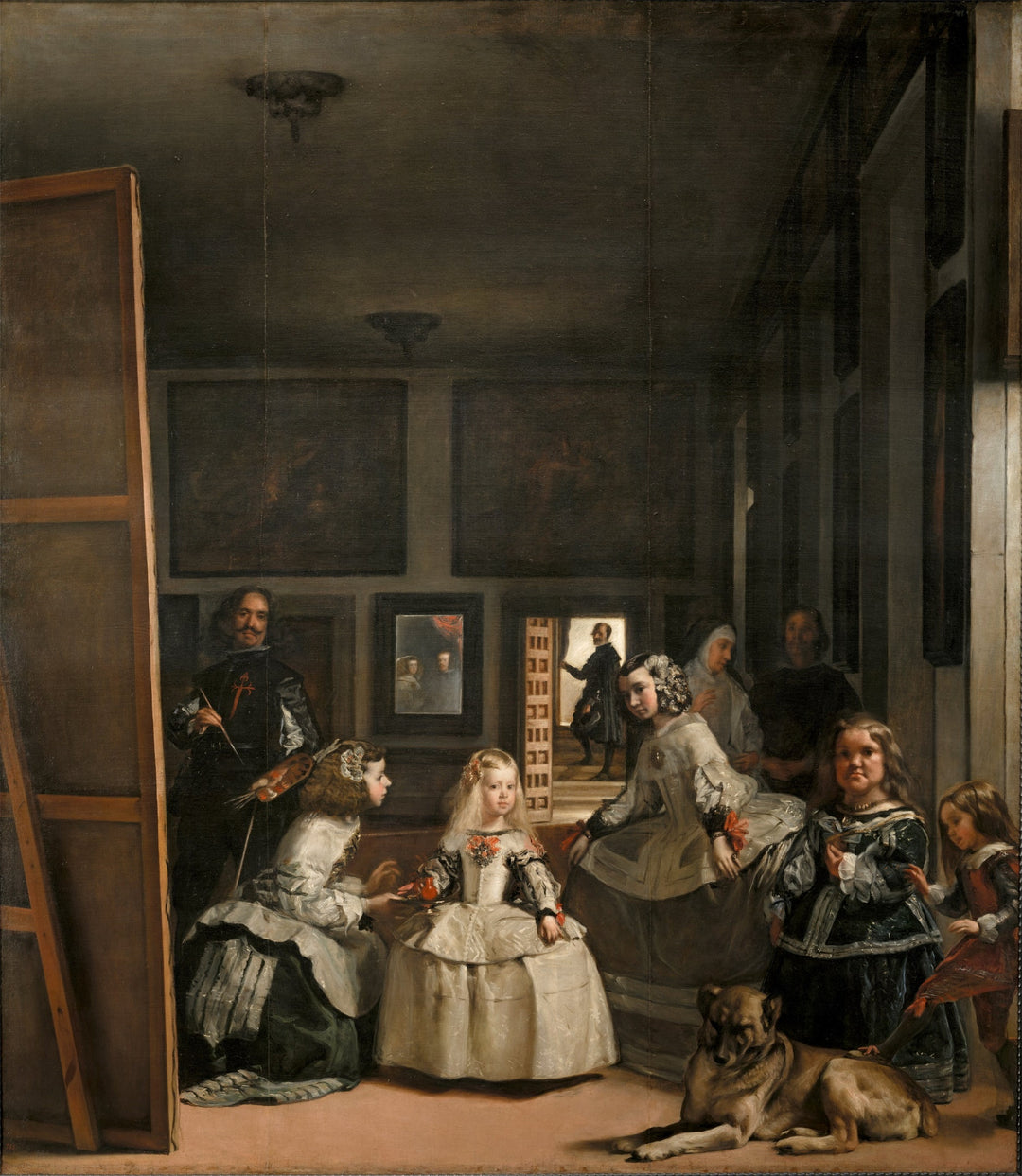
Baroque
Baroque is an artistic style that developed in Europe during the 17th and 18th centuries, characterized by its exuberance, drama, and detailed ornamentation. It emerged as an evolution of the Renaissance and was influenced by Mannerism, which sought to break with classical harmony and proportions, and the Counter-Reformation, which promoted more emotional and accessible art to counter the Protestant Reformation. This movement aimed to evoke strong emotions through exaggeration, movement, and contrast.
Baroque influenced numerous subsequent artistic movements, such as Rococo, which softened the forms and colors of Baroque, and Neoclassicism, which reacted against the decorative excess of Baroque by returning to classical simplicity. In painting, the effects of light and shadow and the dynamic composition of Baroque served as inspiration for the artists of the Romanticism and Realism of the 19th century.
Three of the most representative painters of Baroque are Caravaggio, Peter Paul Rubens, and Diego Velázquez. Caravaggio is known for his dramatic use of chiaroscuro and his realistic compositions that imbue his religious scenes with unprecedented emotional intensity. Rubens, with his exuberant and colorful style, created scenes full of movement and energy, influencing Flemish painting and beyond. Velázquez, painter of the Spanish court, combined realism with mastery in the handling of light, as seen in his masterpiece "Las Meninas".
Baroque also left a lasting legacy in architecture and sculpture, with examples such as St. Peter's Basilica in Rome and the sculptures of Gian Lorenzo Bernini. These works, with their ornamental richness and spatial complexity, continued to inspire generations of artists and architects. Additionally, the drama and theatricality of Baroque found an echo in theater and opera, contributing to a more emotional and spectacular approach in the performing arts.





